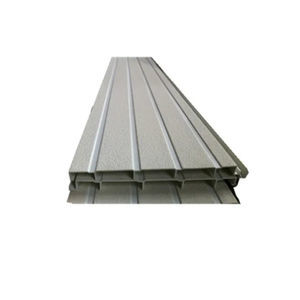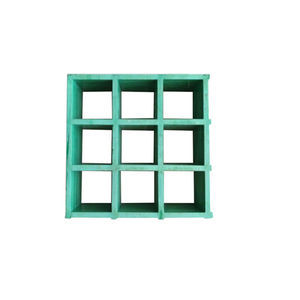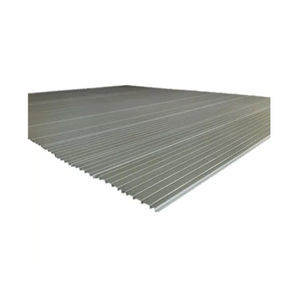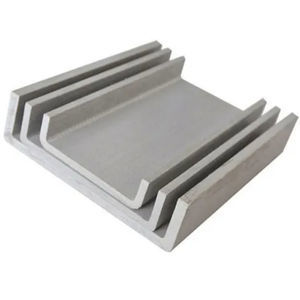
Plastic profile polymercomposite materialresin




Add to favorites
Compare this product
Characteristics
- Material
- iron, plastic, polymer, composite material, resin
- Configuration
- rectangular
- Applications
- construction, frame
Description
FRP Channel is used for the ladder handrail and frame strucute for the cooling tower or any other construction. It can resist the ageing and the ultraviolet effectively.
Comparing with the normal iron part and Alu part, the FRP channel is light weight, tightness and anti-corrosion.
The size, shape, length and color could been customized according to the client's request.
FRP Channel
Fiber reinforced plastic (FRP), also known as fiber reinforced polymer, is in fact a composite material constituting a polymer matrix blended with certain reinforcing materials, such as fibers. The fibers are generally basalt, carbon, glass or aramid; in certain cases asbestos, wood or paper can also be used.
Most of these plastics are formed through various molding processes wherein a mold or a tool is used to place the fiber pre-form, constituting dry fiber or fiber containing a specific proportion of resin. After ‘wetting’ dry fibers with resin, “curing” takes place, wherein the fibers and matrix assume the mold’s shape. In this stage, there is occasional application of heat and pressure. The different methods include compression molding, bladder molding, mandrel wrapping, autoclave, filament winding, and wet layup, amongst others.
The other exclusive properties of fiber reinforced plastics include commendable thermal insulation, structural integrity, and fire hardness along with UV radiation stability and resistance to chemicals and other corrosive materials.
Catalogs
No catalogs are available for this product.
See all of ISO9001‘s catalogsRelated Searches
- Profile
- Metal profile
- Aluminum profile
- Industrial profile
- Rectangular profile
- Construction profile
- Frame profile
- Polymer profile
- Round profile
- Flat profile
- Custom profile
- Steel profile
- Square profile
- Protection profile
- Pultruded profile
- Tubular profile
- Composite profile
- Vinyl profile
- Rod profile
- Composite material profile
*Prices are pre-tax. They exclude delivery charges and customs duties and do not include additional charges for installation or activation options. Prices are indicative only and may vary by country, with changes to the cost of raw materials and exchange rates.

















